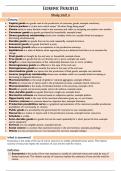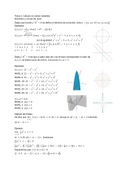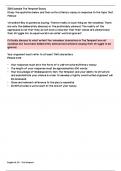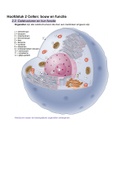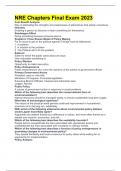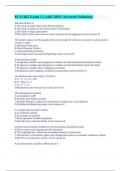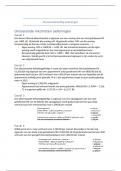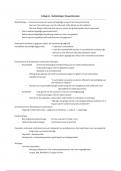Summary
Summary Economic principles ECOP101B
- Institution
- IMM Graduate School (IMM)
These notes include a summary of first-year economic principles work. With information from the notes from lectures, tutors, and the slides used during the duration of the module. Please support my profile by leaving a review!
[Show more]
